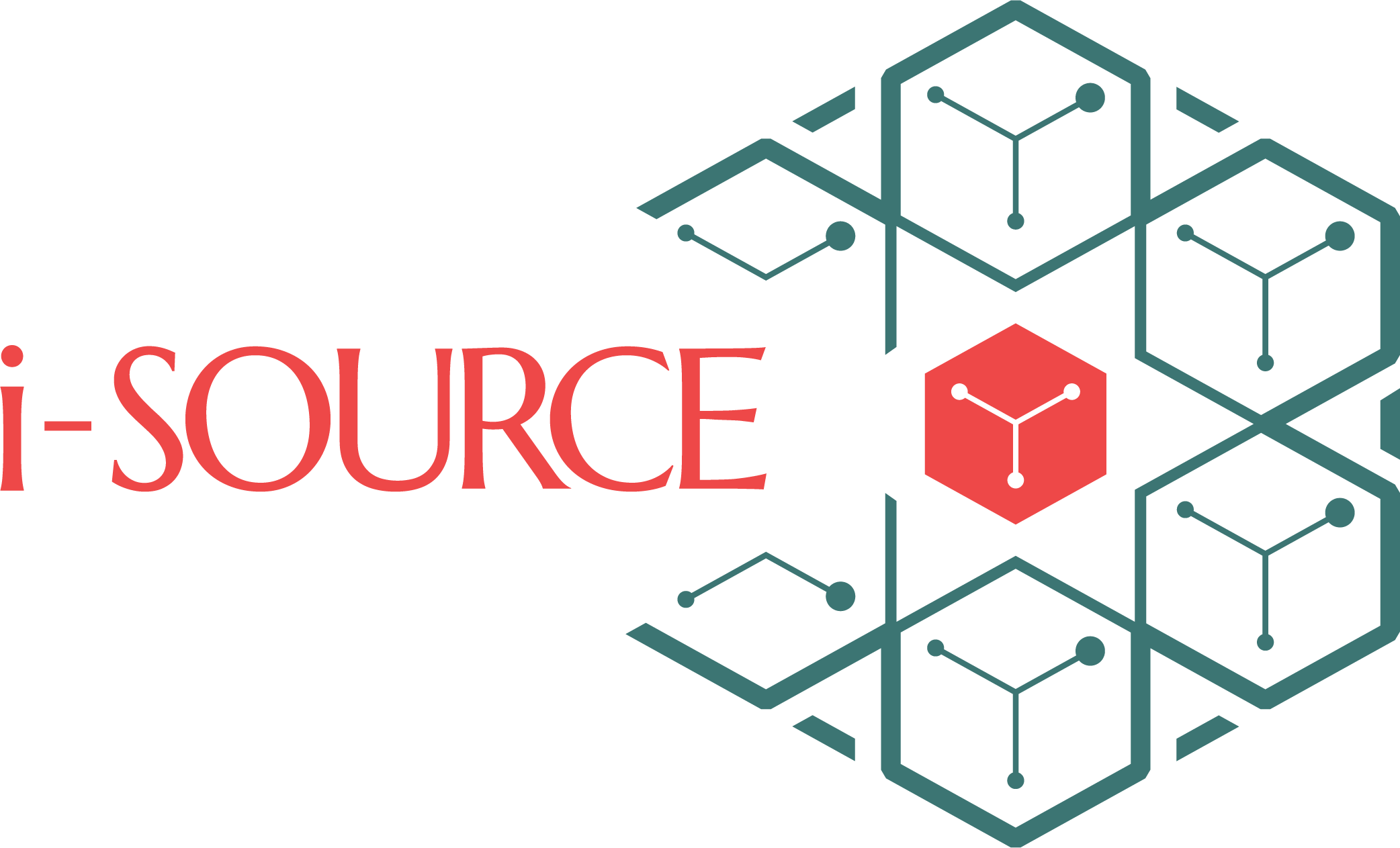State of Healthcare IT in the United States
The healthcare industry of today is overburdened by high costs, extremely high volume of patients, a drastic shortage of qualified medical staff and stringent regulatory requirements. These pressures are challenging the quality and urgency of patient care. While hospitals have always struggled with balancing workloads with costs and care quality, the ongoing pandemic has drastically precipitated the situation. In large healthcare setups, it is mandatory that work gets managed in a standardized and orchestrated manner.
The need to reduce costs is hampered by the need to continually improve the patient care while meeting regulations that involve high volumes of documentation. Increasing cost of labor, a higher regulatory burden (e.g., Accountable Care Act guidelines) imply higher input costs, lower revenues, authenticating the need of automation further. In addition, patients are more aware, more demanding. Meeting their expectations involves additional costs by way of staff or technology.
Healthcare operations have various sub-functions, which include Clinical Data and Consulting Management, Operation Theater Management, Pharmaceutical Management, Manpower Management, Facility Management to name a few. Manpower Management takes care of identifying, hiring, onboarding, competency management, training, placing, and managing the on-duty manpower for the operations. Manpower Staffing has a major role to play in operations to be more dependable and sustainable.
There are several challenges on the staffing front:
- High people turnover due to burnout, high workloads, and at times, dissatisfaction with compensation
- Regulatory compliance – e.g., The Affordable Care Act (ACA) – adherence to which is time consuming, costly and involves more people
- Staffing: shortage of doctors, nurses, and other clinicians
- People costs: Healthcare salaries are high, and expectations are only growing
- Outdated technology: which means that systemic efficiencies are missing, which call for extra manpower
Other business challenges faced by hospitals are:
- Need to speed up adoption of digital technologies e.g., telehealth
- Smoothing the customer experience
- Improving workload scheduling for higher efficiency and lower workloads
- People recruitment (interviewing, credentialing, onboarding) and retention
- Improving staff morale and satisfaction
- Staff professional development
- Need to scale up on adoption of digital technologies
Through all these issues and due to them, the healthcare sector has a powerful opportunity to accelerate innovation and reinvent itself by building standardization, automation to drive streamlining and continuous improvement as demanded as a business need. And the prime driver for this is information technology.
That said, technological interventions that enable improved care delivery and smoother operations are not expected to do it against higher costs; those are expected to be reduced on an ongoing basis. There are several areas where technology could bring about direct cost benefits and productivity gains.
Hospitals have several repetitive processes as part of their overall operations, such as patient onboarding, follow-ups, medical billing, claims processing, report generation, among others. They are a perfect use case for Robotic Process Automation (RPA) to cut cost, drive up efficiencies and make the patient experience more satisfying. RPA can be applied across processes – front-office to operations to patient journeys. Some of these are:
- Repetitive administration tasks
- Document digitization – health records, insurance claims
- Patient appointment scheduling
- Financial – billing, bill processing
- Records management: patient records, medical records
Some prominent technology needs increasingly seen to be driven by market demands are:
- Interoperability between Healthcare Information Systems and Providers (the Health Information Exchange (HIE) standards framework emphasizes lossless communication / transmission of data driven through interoperability standards)
- Cloud Enablement
- Telehealth
- Advanced Analytics (e.g., for Population Health Management)
- Patient Engagement (Telehealth, Patient Portal, Mobile Apps)
- Electronic Health Records
- Electronic Medical Records
A good indicator of technology trends in this domain is to look at technologies that are most funded in healthcare technology. Some of these include
- Telehealth
- Data analytics
- Mobile health apps
- Wellness
- Wearable sensors
- Practice management solutions
- Clinical decision support solutions
- Booking
- Benefits
- Remote management
The need for automation of business processes in the healthcare sector is clearly observed and technology is clearly the way forward.
The growing demand for virtual care solutions such as telehealth and teleconsultation is catered to through innovations and advancements in the healthcare IT industry. Nursing homes have led the adoption of virtual health solutions. Healthcare IT provides multiple benefits such as minimized medical errors, reduced operational costs, and improvement in clinical outcomes which is driving the adoption of these technological solutions. Furthermore, growing government recognition and favorable initiatives in emerging economies to boost the adoption of IT solutions and growing infrastructure are expected to provide the required solutions for the Healthcare industry’s current needs.

